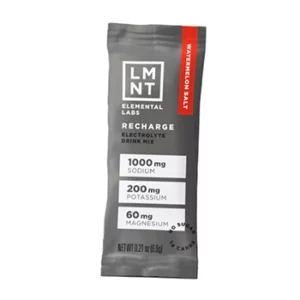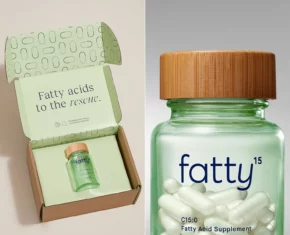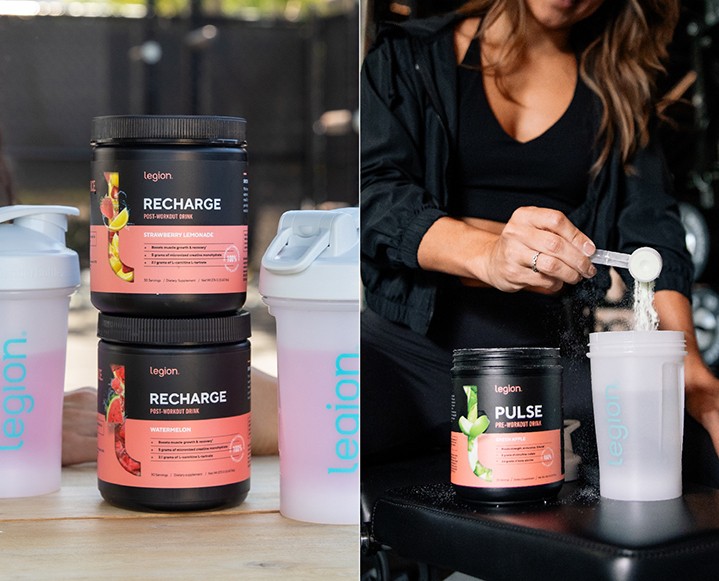Tracking our magnesium intake might not be a top priority, but the benefits of magnesium impact our bodies in major ways — and when we’re lacking, the shift is undeniable. We’re learning about the importance of magnesium from Dr. Lisa Davis of Pressed Juicery’s medical advisory board, and which foods we should be eating more of to benefit, big time…
If you eat well to stay healthy, you might be aware of one nutrient that’s getting a lot of attention these days: magnesium. Real science is showing that magnesium can lower the risk of some serious diseases, including heart disease, type 2 diabetes and perhaps even stroke.
It’s easy to get your fair share of magnesium: Spinach and other leafy greens, almonds and even dark chocolate are rich in the nutrient.
What Can Magnesium Do for You?
Magnesium is essential in supporting cardiovascular health. In one study, a diet containing more magnesium from added fruits and vegetables, more low-fat or non-fat dairy products and less fat overall was shown to lower blood pressure.
In another study of 7,664 adults aged 20 to 75 years in the Netherlands who did not have cardiovascular disease found that low amounts of magnesium in the subjects’ urine (a clue indicating low dietary magnesium intake) were associated with a higher risk of heart attack: a blockage of a blood vessel supplying the heart.
Researchers also suspect that inadequate magnesium may play a role in stroke risk — one study showed an eight-percent risk reduction in those who had adequate magnesium in their diet. But more studies are needed to ensure magnesium is the key ingredient in prevention.
Magnesium can lower the risk of type 2 diabetes. A meta-analysis of seven individual studies, involving 286,668 patients over six to 17 years of follow-up, found that a 100mg/day increase in total magnesium intake decreased the risk of diabetes by a statistically significant 15%.
Another benefit of getting enough magnesium may be optimizing your mental health. According to research, magnesium deficiency has an effect on the brain, and modern food and water processing has removed a majority of magnesium from wheat and drinking water. Replenishing magnesium has been shown to ease depression, headache, irritability, insomnia and other neuropsychiatric conditions.
Who is at Risk for Magnesium Deficit?
Magnesium is carried in your body’s water supply, so when you’re sweating or exercising heavily in the summer weather, you’re more likely to be running low on magnesium, along with other electrolytes like sodium and phosphorus.
Likewise, anything that dehydrates you – like a gastrointestinal illness, overuse of alcohol, taking diuretics (water pills) or suffering from poor kidney function – can cut into your body’s stores. People with type 2 diabetes and the elderly are also at risk for inadequate magnesium.
Where to Get Magnesium
Your recommended daily intake of magnesium is around 400mg. More isn’t better; too much magnesium can cause your body to flush out the excess through your intestines, which can have you running back in forth to the bathroom. (“Milk of Magnesia” was a popular laxative in days gone by.) With that risk in mind, only take a magnesium supplement if your health care professional recommends it, and stick to a reputable brand.
A more predictable (and tasty) way to get your magnesium is through diet. And that doesn’t mean drinking “sports drinks,” too many of which offset the benefit of their magnesium and other electrolytes with heaping spoonfuls of sugar and artificial dyes.
Go Green. The best place to start when you want to get more magnesium into your diet is in dark, leafy greens. Raw spinach is at the top of the salad bar in this case, with 24mg per cup.
Nuts for Nuts. Nuts and seeds are good sources, too. Pumpkin seeds win in this category, with sesame seeds and Brazil nuts following up. Almonds are strong performers as well: A quarter cup of almonds gives you almost a 100mg of magnesium.
Bananas, Baby. A single medium-sized banana delivers 32mg of the nutrient, and here’s the best news of all: One 29-gram square of luscious dark chocolate gives you 95mg — 24 percent of your daily requirement of magnesium.
Just Juice It. Regular consumption of nutrient-rich freshly pressed juices can help you keep your magnesium stores at optimal levels. All but one of Pressed Juicery’s Greens juices owe their lovely velvety green color to spinach and other dark leafies. Likewise, beet-based juices, Roots 1 and 2 contain spinach, kale, romaine and parsley.
References:
https://www.healthaliciousness.com/articles/foods-high-in-magnesium.php
https://ods.od.nih.gov/factsheets/Magnesium-HealthProfessional/
https://www.ncbi.nlm.nih.gov/pubmed/16542786
The Chalkboard Mag and its materials are not intended to treat, diagnose, cure or prevent any disease. All material on The Chalkboard Mag is provided for educational purposes only. Always seek the advice of your physician or another qualified healthcare provider for any questions you have regarding a medical condition, and before undertaking any diet, exercise or other health related program.















